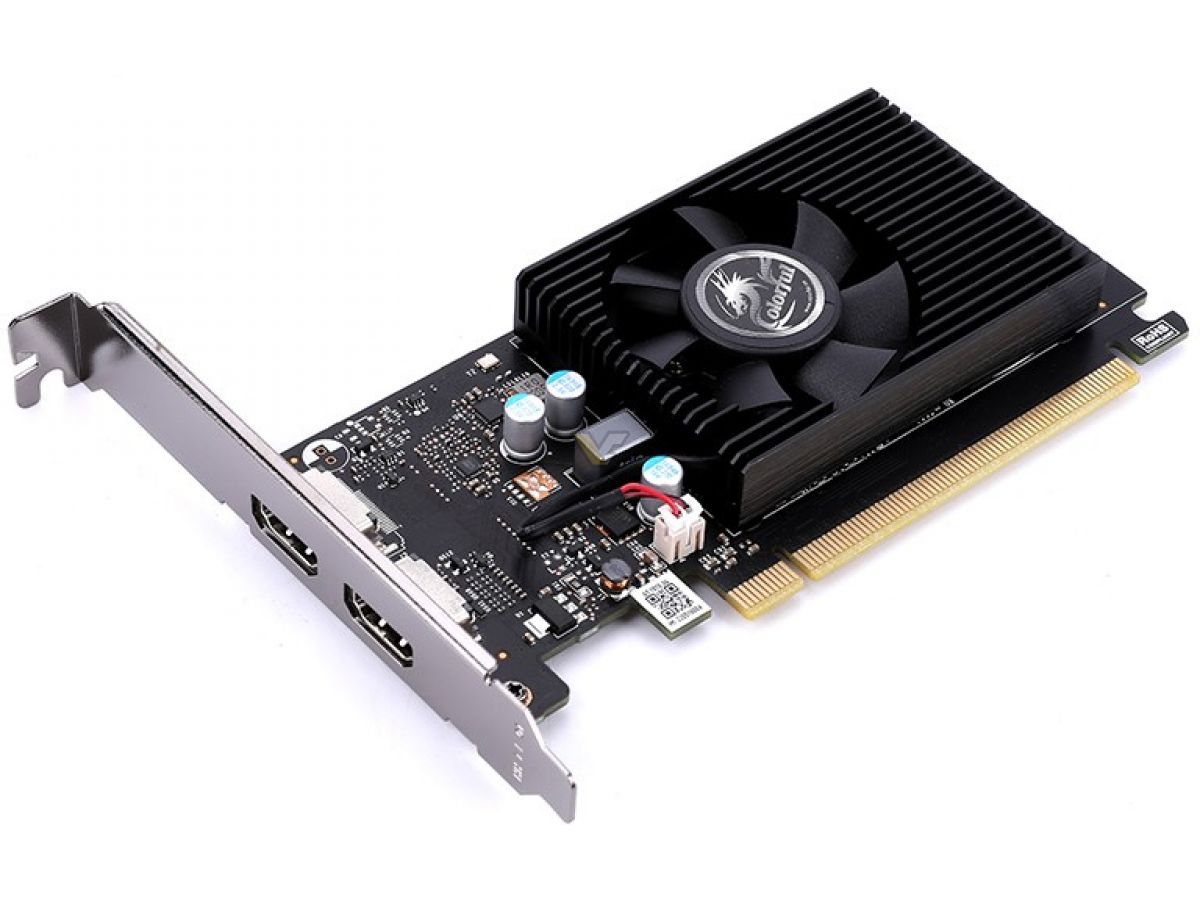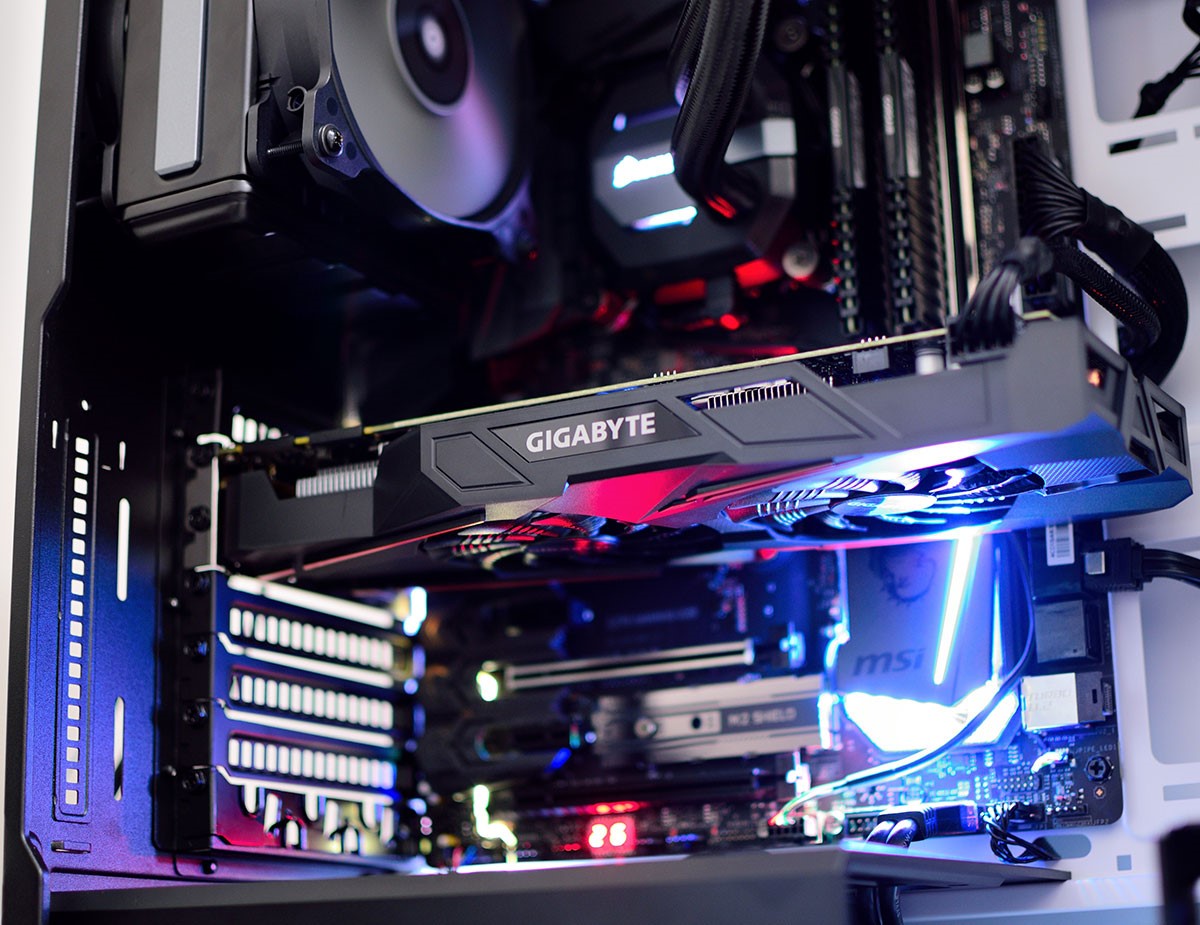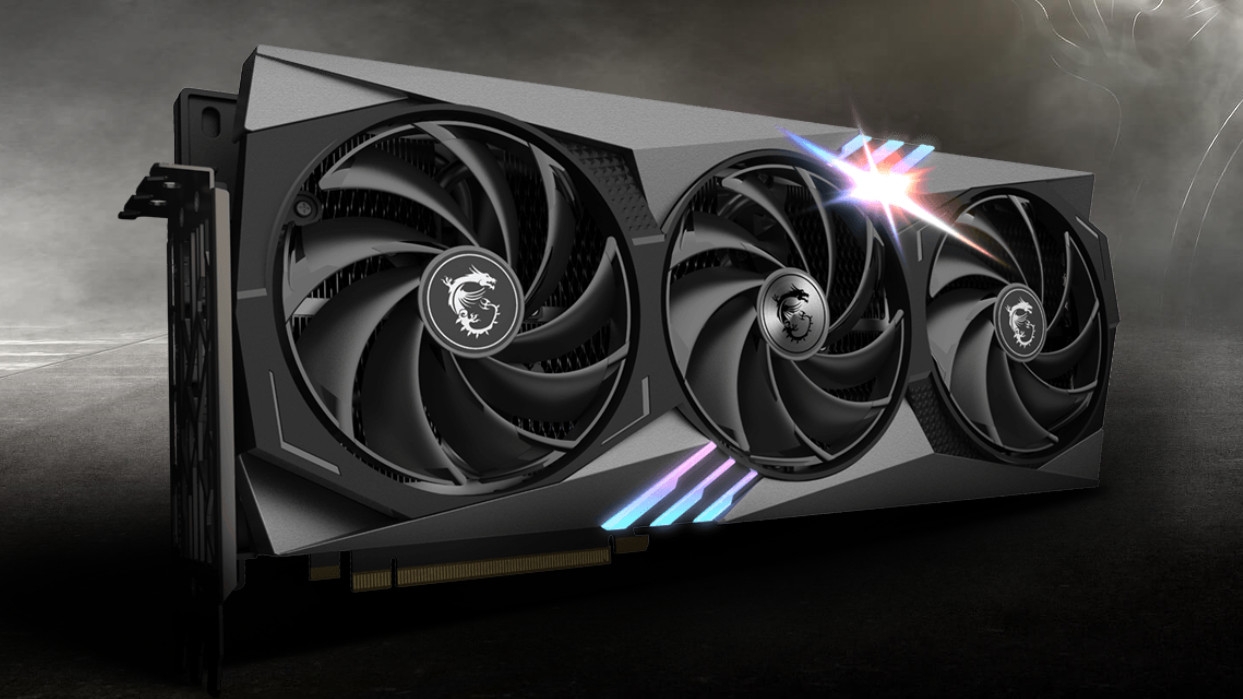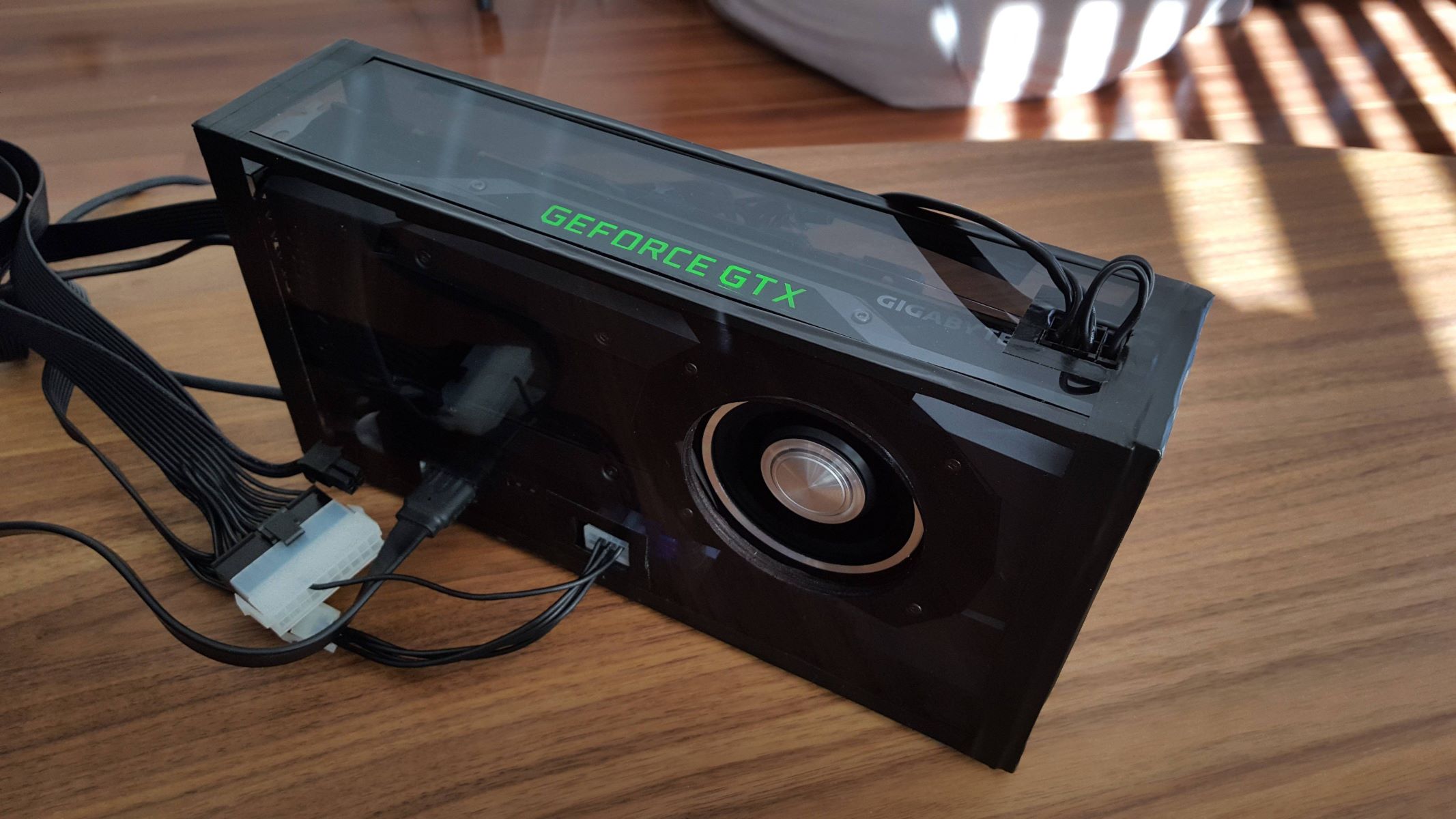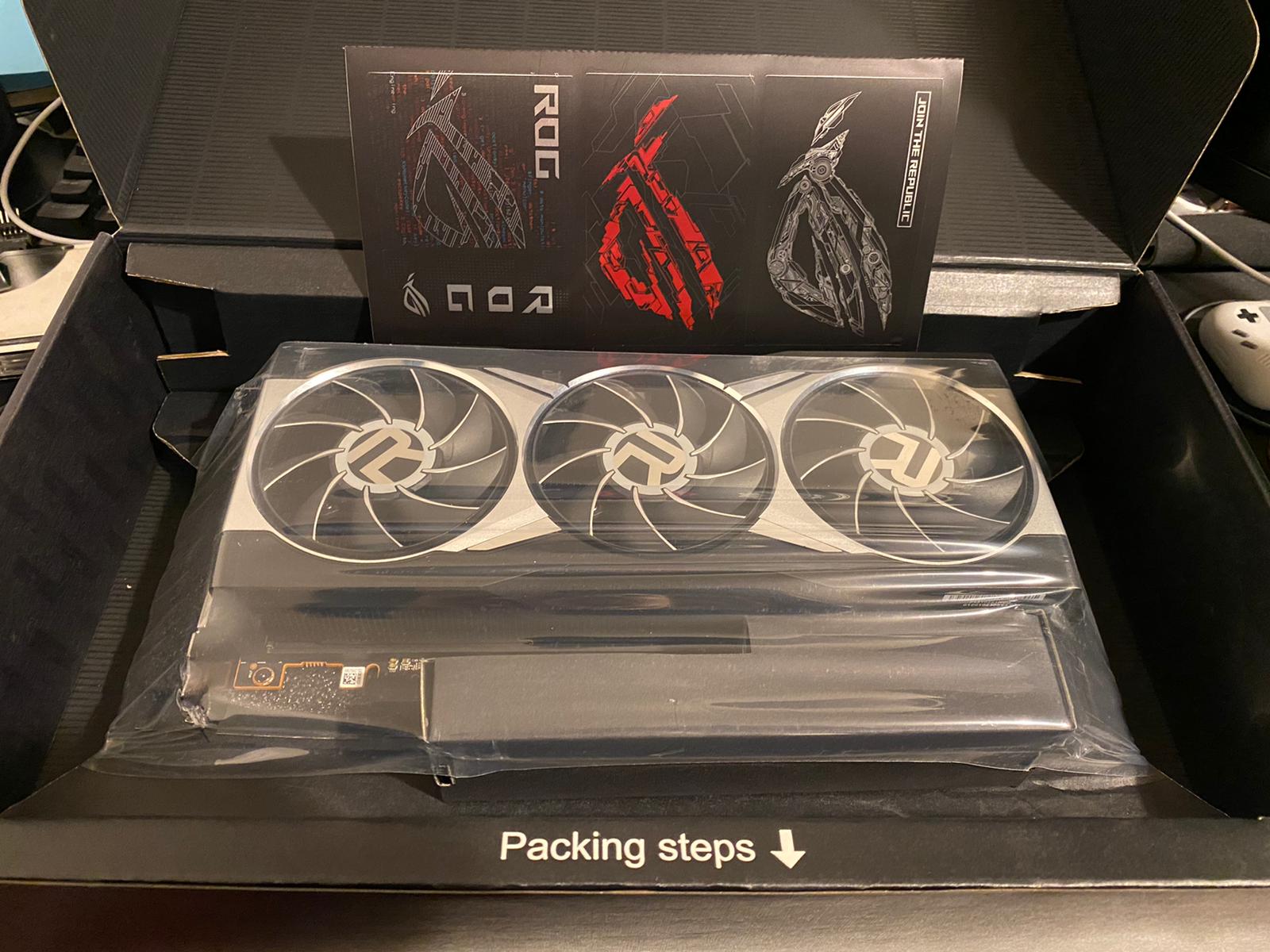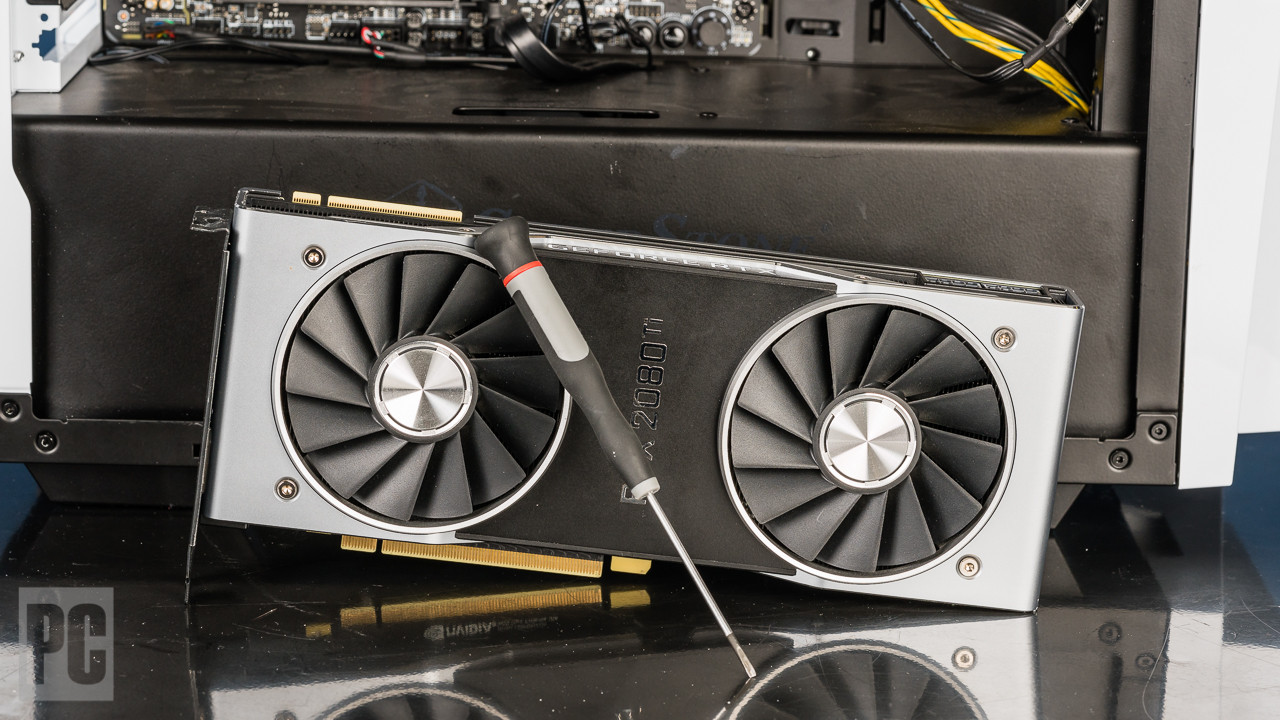Introduction
Upgrading your graphics card to a newer model can be an exciting experience. The latest GPUs offer improved performance, enhanced visuals, and new features that cater to the demands of modern gaming and graphic-intensive tasks. However, once you make the upgrade, you may find yourself wondering what to do with your old GPU.
Fortunately, there are several options you can consider to make the most out of your old graphics card. Whether you want to make some money from selling it, find a new purpose for it, donate it to a good cause, keep it as a backup, or ensure its environmentally-friendly disposal through recycling, this article will discuss these possibilities in detail and help you make an informed decision.
Before diving into the different options available, it’s essential to mention that the specific actions you can take with your old GPU may depend on its condition, age, and compatibility with other hardware. It’s always a good idea to check the potential compatibility of your old GPU with other systems or devices before deciding how to proceed. With that in mind, let’s explore the various options you have for your old graphics card.
Option 1: Sell or Trade-In Your Old GPU
One of the most straightforward options for dealing with your old GPU is to sell it or trade it in. Selling your old graphics card can help you recoup some of the costs of your new GPU purchase while reducing electronic waste. Additionally, trading in your old GPU to upgrade to a newer model can potentially save you money.
To sell your old GPU, you can utilize online marketplaces such as eBay, Craigslist, or Amazon. These platforms allow you to list your graphics card, set a price, and connect with potential buyers. It’s crucial to research the market value of your GPU and set a reasonable price based on its condition, age, and performance.
Trade-in programs offered by retailers or manufacturers can be a convenient option if you’re planning to upgrade to a newer GPU. Many companies have trade-in programs that allow you to exchange your old GPU for credit towards a new purchase. This not only helps you save money but also ensures that your old GPU will be responsibly disposed of or refurbished.
Before selling or trading in your old GPU, it’s essential to wipe all personal data and perform a clean uninstallation of any drivers or software associated with the graphics card. This ensures that the new owner or trade-in program recipient can start fresh with the GPU.
It’s also worth noting that the condition of your old GPU will impact its value. Make sure to accurately describe any cosmetic or functional issues in your listing or trade-in submission. Providing high-quality images and a detailed description can help attract potential buyers and ensure a smooth transaction.
Keep in mind that selling or trading in your old GPU may require some patience, as finding the right buyer or trade-in opportunity can take time. However, the effort can be rewarding, both financially and environmentally.
Option 2: Repurpose Your Old GPU
If your old GPU is still in working condition, but you don’t want to sell or trade it in, repurposing it can be a great option. Repurposing allows you to give your graphics card a new life and explore alternative uses beyond gaming.
One popular way to repurpose your old GPU is to use it for cryptocurrency mining. Some cryptocurrencies rely heavily on GPU power for mining, and your old graphics card can contribute to the mining process. However, it’s important to note that cryptocurrency mining can be energy-intensive, so make sure to consider the potential impact on your electricity bill and the environmental implications before delving into mining.
Another option for repurposing your old GPU is to use it for dedicated video encoding or rendering. Graphics cards are known for their parallel processing capabilities, making them ideal for tasks that require significant computational power. By repurposing your GPU for video encoding, you can significantly reduce the time it takes to render videos or process large files.
Furthermore, you can transform your old graphics card into a dedicated home media server. With the help of open-source software like Plex, you can set up a media server that streams movies, TV shows, and music to different devices within your home network. Your old GPU can handle transcoding tasks, ensuring smooth and efficient media streaming.
For tech enthusiasts and DIY enthusiasts, repurposing your old GPU can involve creating unique projects. You can turn it into a home security system with video monitoring capabilities, or even set up a multi-monitor workstation for increased productivity. The possibilities are endless, limited only by your imagination and technical skills.
Repurposing your old GPU not only gives it a new purpose but also saves it from ending up in a landfill. With some creativity and resourcefulness, you can make the most out of your old graphics card and explore its potential beyond its original gaming function.
Option 3: Donate Your Old GPU
If you’re not looking to make money from your old GPU and want to contribute to a good cause, donating it can be a meaningful option. There are various organizations, educational institutions, and non-profit groups that would greatly appreciate the donation of a graphics card.
One way to donate your old GPU is by reaching out to local schools, colleges, or universities. Many educational institutions have computer science or gaming programs that can benefit from additional hardware resources. By donating your old graphics card, you can support student learning and provide access to technology for those who may not have the means to purchase new equipment.
Non-profit organizations that focus on areas such as scientific research, humanitarian efforts, or community development may also have a need for graphics cards. These organizations often rely on computational power for data analysis, simulations, or other resource-intensive tasks. Donating your GPU can contribute to their mission and help accelerate their work.
When considering donating your old GPU, it’s essential to reach out to the organizations or institutions you’re interested in supporting. Inquire about their specific needs, hardware requirements, and any donation procedures they may have in place. This ensures that your GPU will be put to good use and aligns with the goals of the organization you choose to donate to.
Before donating, it’s a good practice to clean your old GPU and ensure that it is in proper working condition. This allows the recipient organization to start using the graphics card without any complications. Additionally, consider including any necessary cables, adapters, or documentation to make the donation complete and ready for use.
Donating your old GPU not only helps organizations in need but also promotes sustainability by extending the life cycle of the hardware. Your generosity can make a significant impact in the lives of others and empower them with the tools they need to succeed in their respective endeavors.
Option 4: Keep Your Old GPU as a Backup
When upgrading to a new graphics card, it’s always a good idea to have a backup plan. Keeping your old GPU as a backup provides you with a safety net in case of any issues or failures with your new GPU. It can save you from potential downtime and allow you to continue using your computer without interruption.
Having a backup GPU can also be beneficial if you engage in content creation or need to run multiple monitors for your work. You can dedicate your old graphics card to handle secondary tasks, such as running additional displays, while your new GPU focuses on demanding applications like gaming or high-resolution rendering.
Moreover, keeping your old GPU as a backup can be useful when troubleshooting software or hardware conflicts. If you encounter compatibility issues or driver problems with your new GPU, switching back to the old one can help identify the source of the problem. This allows you to troubleshoot more effectively and find a solution without impeding your productivity.
It’s important to note that keeping your old GPU as a backup requires proper storage to maintain its longevity. Store it in a safe and dry place, preferably in an anti-static bag, to protect it from dust, humidity, and physical damage. Regularly check and clean the GPU to ensure that it remains in good working condition.
Additionally, keeping your old GPU as a backup allows you to lend it to friends or family who may need a temporary graphics card for their own systems. Whether they are experiencing a hardware failure or simply need a GPU for a short period, your backup can be a valuable resource for them, and it fosters a sense of community and support among fellow tech enthusiasts.
By keeping your old GPU as a backup, you have peace of mind knowing that you have a reliable fallback option should anything go wrong with your new graphics card. It provides flexibility and convenience, ensuring that your computer usage remains uninterrupted and allowing you to adapt to various situations effortlessly.
Option 5: Recycle Your Old GPU
If your old GPU is no longer functional, damaged beyond repair, or incompatible with modern systems, recycling is the responsible option. Recycling helps minimize electronic waste and ensures that valuable materials from your graphics card can be extracted and repurposed for future use.
When it comes to recycling your old GPU, several options are available. You can start by checking with local recycling centers or electronic waste collection facilities in your area. These facilities often have specific procedures in place for accepting and processing electronic devices such as graphics cards.
In addition to local facilities, some manufacturers and retailers offer recycling programs for old electronics, including GPUs. These programs ensure that your old graphics card is handled in an environmentally-conscious manner. They may have drop-off points or mail-in options, making it convenient for you to participate in the recycling process.
Before recycling your old GPU, it’s crucial to remove any personal data that may be stored on the device. Be sure to wipe the graphics card and perform a factory reset to ensure the protection of your data and privacy.
By recycling your old GPU, you contribute to the conservation of natural resources and help reduce pollution associated with the production of new electronics. The materials within the graphics card, such as copper, gold, and various metals, can be extracted and reused in the manufacturing of new products, minimizing the need for raw materials.
Additionally, some recycling programs offer incentives or rewards for participating. This may include discounts on future purchases or charitable donations on your behalf. By taking part in such programs, you not only contribute to a more sustainable environment but also potentially benefit personally or support charitable causes.
Remember that improper disposal of electronic waste can have detrimental effects on the environment. Toxic materials present in GPUs, such as lead or mercury, can contaminate soil and water sources if not handled correctly. By recycling your old graphics card through established programs, you ensure the safe handling and disposal of these hazardous materials.
Recycling your old GPU is a responsible and eco-friendly option that helps protect the environment and preserve valuable resources. It’s a small but impactful step towards a more sustainable future and encourages the adoption of responsible e-waste management practices.
Conclusion
When faced with the decision of what to do with your old GPU, you have several options to consider. Each option offers its own benefits and considerations, allowing you to make a choice that aligns with your preferences, needs, and values.
Selling or trading in your old GPU can help you recoup some of the costs of your new graphics card or save money on an upgrade. Repurposing your old GPU opens up the possibilities of cryptocurrency mining, video encoding, or creating unique DIY projects. Donating your graphics card to educational institutions or non-profit organizations supports their endeavors while promoting sustainability. Keeping your old GPU as a backup ensures a safety net for technical issues or allows for multitasking purposes. Recycling your old GPU contributes to the reduction of electronic waste and conserves valuable resources.
Ultimately, the choice of what to do with your old GPU depends on your individual circumstances and preferences. Consider factors such as its condition, compatibility, market value, and environmental impact when making your decision.
Regardless of which option you choose, it’s important to take the necessary steps to ensure the proper handling, storage, and disposal of your old graphics card. Wiping personal data, performing clean uninstallations, and exploring responsible recycling or donation programs are vital aspects of the process.
By making a thoughtful decision about your old GPU, you can not only benefit personally but also contribute to a more sustainable and environmentally-conscious approach to technology. Whether you sell it, repurpose it, donate it, keep it as a backup, or recycle it, taking action ensures that your old graphics card doesn’t become e-waste and can continue to serve a purpose in its next life cycle.







